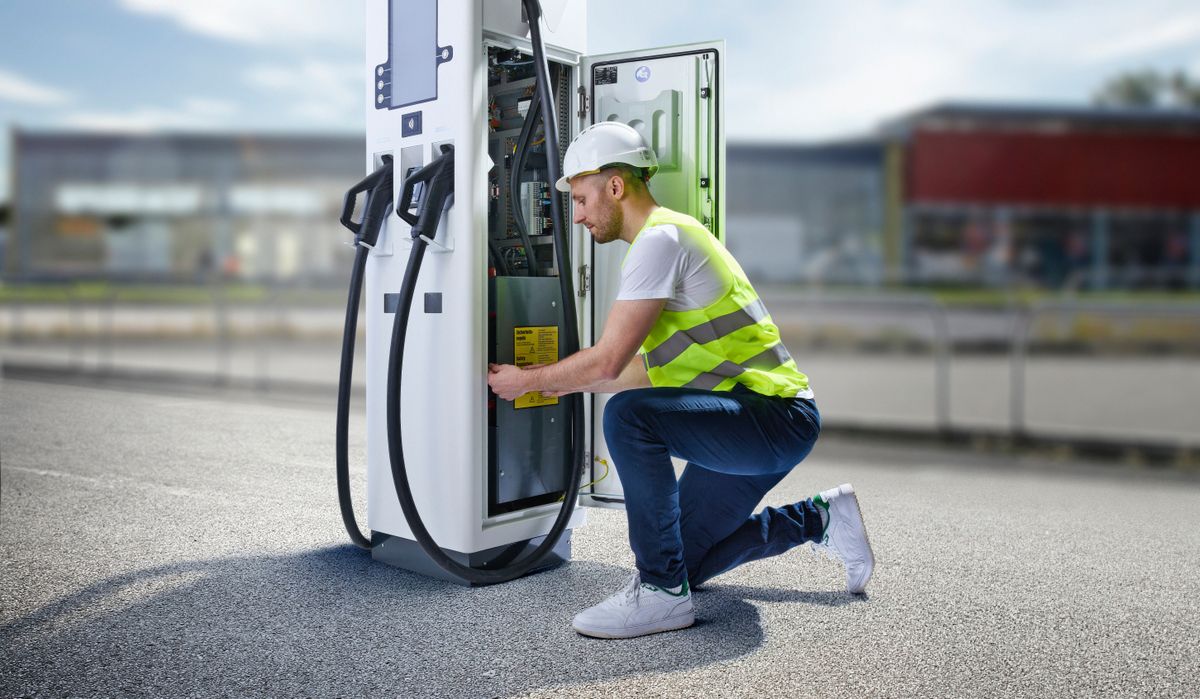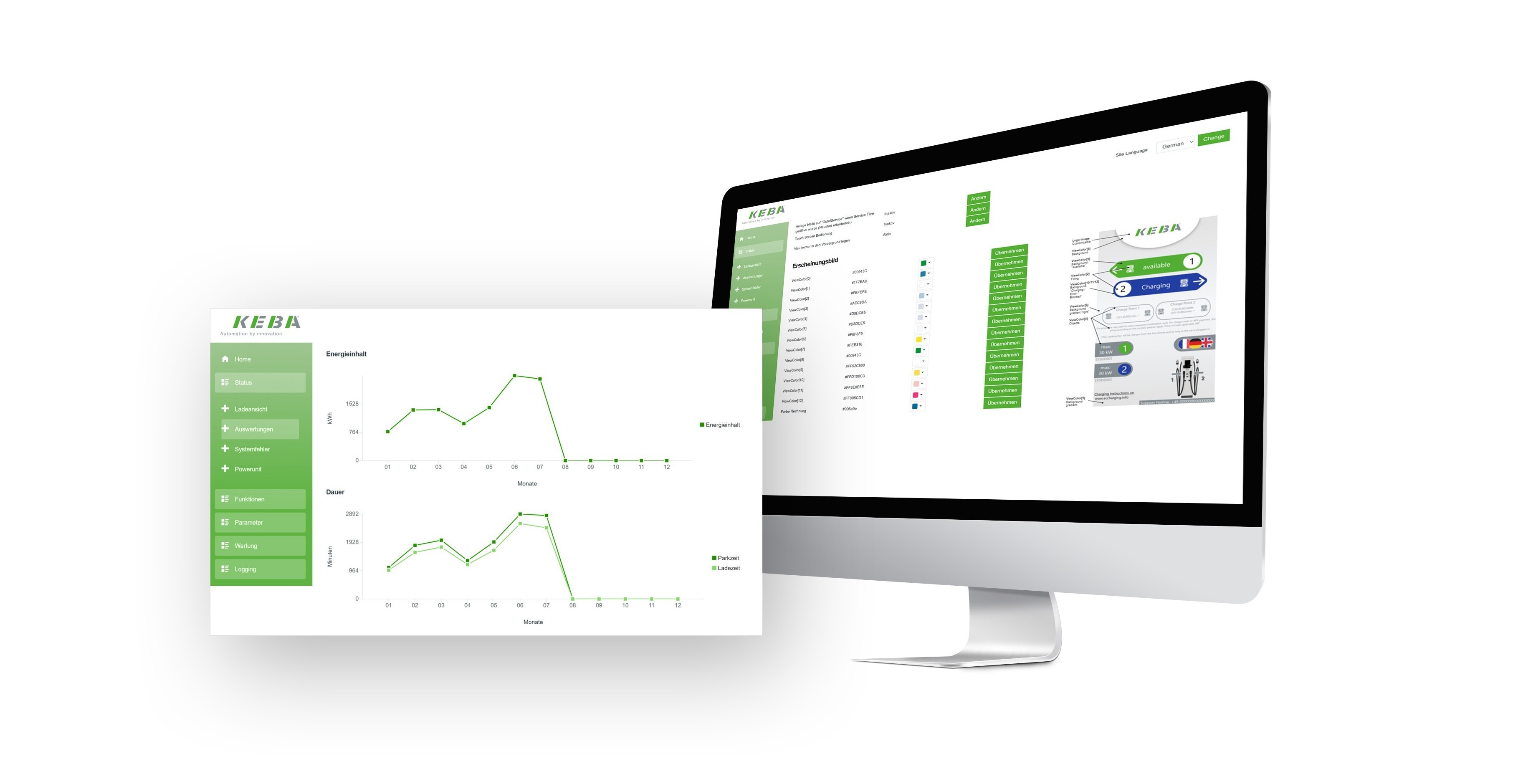Open Service Access for maximum flexibility
- Knowledge
- Sustainability
- 25.8.2025
- Reading Time: {{readingTime}} min

Contents
Closed vs. Open Access
Open Service Access for short response times and downtime
As service staff are not available everywhere and at all times, a closed service concept relying solely on internal specialists can lead to delays. Operators then often have to wait both for an available service slot and for a technician to arrive. Especially at locations far from a service base, this can result in longer downtimes.
An open service approach expands the possibilities: Independent electrical companies, whose technicians are qualified through special training, are also permitted to carry out maintenance and repair work. This means that, if required, a larger and locally available network of specialists is accessible, which in turn leads to faster response times.
The result: faults can be rectified more quickly and charging points can be put back into operation sooner. This has a positive effect on the availability and operational reliability of the infrastructure.

Maximum profitability for charging parks with Open Service Access
Lower costs, higher revenue
If the service provider responsible for repair, maintenance or the replacement of components is located nearby, this has a positive effect on travel costs. In addition, shorter downtimes of the charging station also generate more revenue – because charging power can only be sold through a charging point that is operational. Thus, the Open Service Access model has a direct impact on the profitability calculation of a charging point. It reduces the total cost of ownership (TCO) while at the same time increasing the profitability of a charging park.
Data transparency as a critical success factor
Your data under control
In addition to physical access, access to data is also of central importance. While some concepts do not provide certain data generated by charging stations, open approaches such as those at KEBA enable comprehensive insight into relevant operating parameters. Through digital interfaces or portals, for example, utilisation, operating hours, fan performance and other condition data can be viewed. This transparency helps operators to better understand their charging infrastructure, detect potential failures at an early stage and exploit optimisation potential.

Conclusion: Openness pays off
Open service concepts pay off in several ways. On the one hand, they reduce ongoing operating costs, as maintenance and repair can be organised more flexibly and often carried out more cost-effectively. On the other hand, they increase the availability of the charging infrastructure, which in turn leads to higher revenues – whether through more charging sessions processed or through higher utilisation of existing facilities.
In addition, users also benefit: faster response times in the event of service issues and transparent insights into operating data create trust, increase satisfaction and strengthen customer loyalty in the long term. Overall, this results in a clear economic advantage, where openness proves itself not only as a technical principle but also as a strategic one.








